Introduction
Bridges are among the most important infrastructure facilities. So far, the inspection and testing of bridge structures have largely been limited to visual inspection, chain dragging, extracting cores, and in some cases, half-cell corrosion potential mapping. Lots of interesting research have been done by researchers around the globe to bring more innovative NDT solutions to this sector. The following article focuses on the applications of most widely used non-destructive testing for detailed bridge condition survey.
Nondestructive Testing and Evaluation (NDT-E)
The Second Strategic Highway Research Program (SHRP 2) has identified various NDT-E techniques for condition assessment of bridge decks. The report ranks these methods based on their effectiveness in the detection and characterization of four major deterioration types:
- Delamination
- Concrete degradation
- Corrosion of Rebar
- Vertical cracking
Most bridge deck condition survey projects aim to better understand the condition of deck through a set of intrusive and non-intrusive tests. The goal is to identify the location of potential anomalies, identify their extent, and severity, and prioritize the maintenance needs.
In the following sections, we will review some of the most common applications of NDT-E in bridge assessment.
1- Visual Survey and Sounding
Visual Surveys, and Sounding through chain dragging are still one of the most popular tests. The main reason behind their wide use is their simplicity and cost. No special equipment is needed. However, the application of the method for detecting delaminated areas can be limited when the background noise (from the traffic) is too high.
Drones have changed the landscape of visual survey for bridge structures. Drones can help engineers collect key information of structural deficiencies, and eliminate the need for rope access inspection, or Bridgemaster (Bridge Inspection Trucks)
The most recent development in this area is the use of advanced acoustic sensors to collect the hollow sound at traffic speed. The main advantage of these methods is that they do not need special traffic control or lane closure.
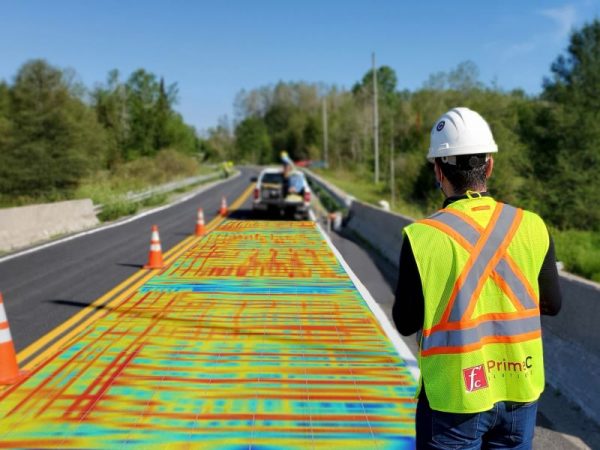
2- Rapid Screening of Bridge Decks
Ground Penetrating Radar
GPR is widely used for assessing the condition of concrete bridge decks. It utilizes electromagnetic waves to detect variations in the dielectric properties of the material, revealing subsurface features such as rebar corrosion, voids, and delaminations. Vehicle-mounted GPR can rapidly collect data as it is moved along the surface of the bridge deck. This makes it suitable for large-scale surveys and allows for efficient screening of extensive bridge networks.
Half-Cell Corrosion Mapping
Half-cell Corrosion Mapping (HCP) is generally used as part of detailed bridge deck condition survey. The HCP test provides valuable information about the likelihood of corrosion activity in concrete bridge decks. However, the results can be inconclusive for epoxy coated rebar, decks with asphalt overlays, and decks with waterproofing membrane.
Infrared Thermography
Infrared thermography is a non-destructive testing technique used for assessing the condition of bridge decks. It relies on the principle that different materials emit infrared radiation at different rates when heated.
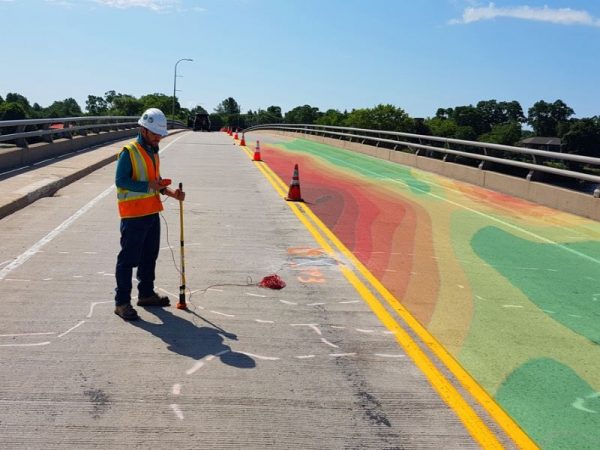
3- Thickness of Concrete/Asphalt Layer
Ground Penetrating Radar
GPR scanning is an effective nondestructive testing method for evaluating the thickness of concrete and asphalt pavements. The GPR signals can be processed to collect key information regarding the condition of the pavement and the thickness of various layers.
Impact-Echo
The Impact-Echo test can be used to accurately estimate the thickness of concrete decks. The Impact-Echo method can also be used to estimate the depth of delamination in concrete.
Ultrasonic Pulse Echo
Ultrasonic Pulse Echo is a non-destructive testing (NDT) method for scanning sub-surface targets in concrete elements. UPE methods use acoustic stress waves to study the properties of sub-surface layers, and locate defects by identifying any anomaly of acoustical impedance that is different from concrete.
Core Drilling
Extracting through the thickness concrete core (full depth) is used to evaluate the total thickness of the concrete deck. While this is important in evaluating the dead load of the bridge deck, the procedure provide limited information. For bridge inspections that Bridge Master is not used, access to the underneath of the deck is often limited and extracting full depth core is challenging.
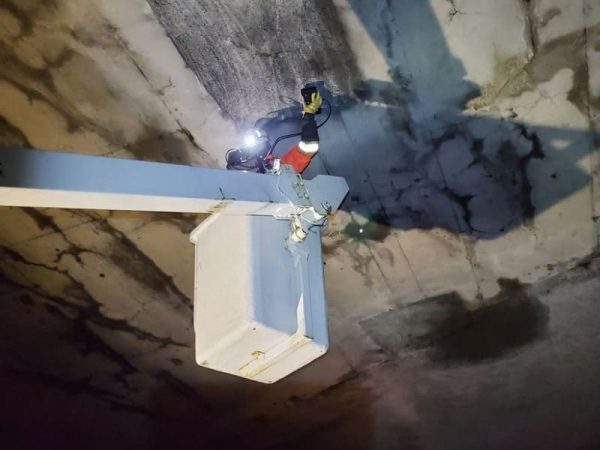
4- Corrosion Inspection in Post Tension Girders
Multi-NDT Approach
A multi-technology NDT method can help engineers identify potential anomalies such as voids, water, and corroded strands in the post-tensioning ducts. A standard procedure includes identifying the precise profile of the tendon ducts across the length of the girders, followed by Ultrasonic Pulse Echo and Impact-Echo scanning along the length. The information can help engineers identify the potential anomalies.
To read more on this approach, Click Here

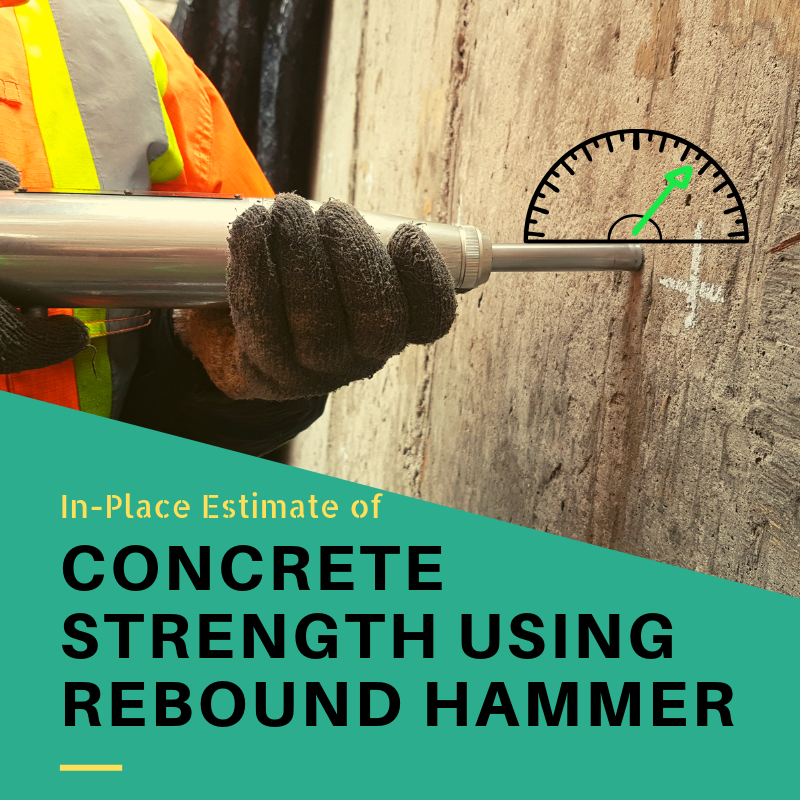


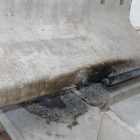
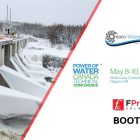
Common Defects in Bridge Structures | FPrimeC Solutions
[…] NDT for Detailed Bridge Deck Condition Survey […]
Afton Jackson
I like this informative article about bridge surveying. It is new to me that there are devices that measure the corrosion of structures. If ever, these bridge monitoring sensors can detect if a certain part of the structure needs replacement.
Randy Chorvack
It's interesting that they'd ask for air content to be surveyed when they're building a bridge. Why do they need to know what's in the air when they don't really have anything to do with it? My cousin is in construction so maybe he knows the answer to that. I'll have to ask him next time I see him.
Bimal
This is nice blog. Thanks admin for share this post. This is helpful for Bridge Engineers. I am also working in this field as bridge inspector. This is helpful for "Bridge Inspection and Maintenance and NDT Test In Bridge"